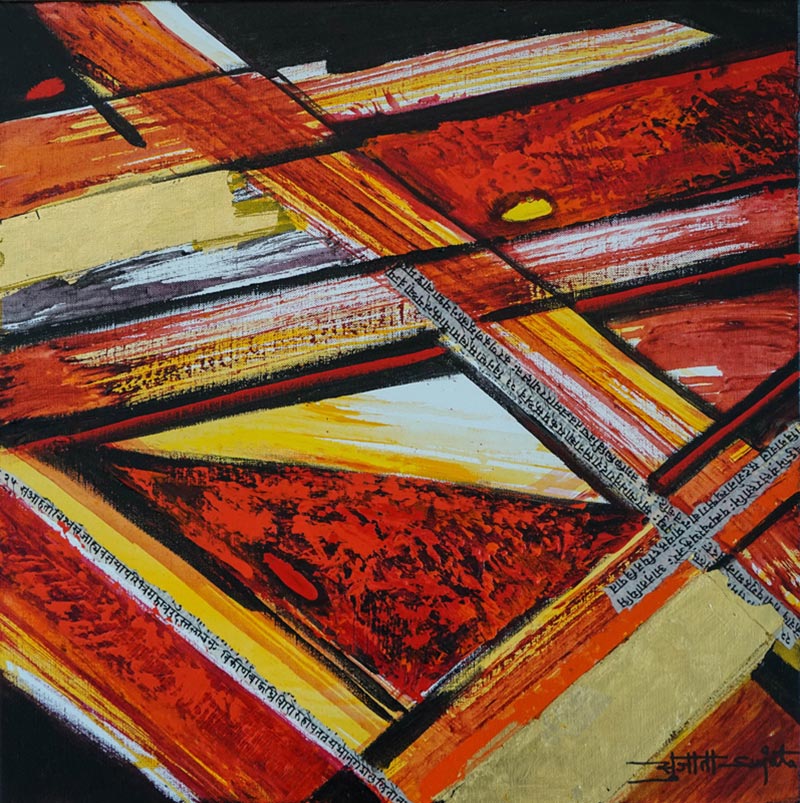Shopping cart
You have no items in your shopping cart.

"Abstraction allows man to see with his mind what he cannot see physically with his eyes… Abstract art enables the artist to perceive beyond the tangible, to extract the infinite out of the finite. It is the emancipation of the mind. It is an exploration into unknown areas."– Arshile Gorky
You may like abstract art outright, hate it or not understand exactly what it is, but since you’ve started reading this, we can at least assume you’re curious about this perplexing art form that evades definition and artistic classification.
Abstraction literally means the distancing of an idea from objective referents. In the visual arts, this means - pulling a depiction away from any literal, representational reference points. Abstraction directly opposes figurative art and anything that directly delineates a subject or object. Hence it is not an attempt to represent an accurate depiction of a visual reality but instead use shapes, colors, forms and gestural marks to achieve its effect.
TheCurators.Art showcases a selection of abstract paintings for sale by eminent artists like Sujata Bajaj, Madhuri Bhaduri, Kisalay Vora, Bhuwal Prasad and others. Also on display are serigraphs by renowned masters of abstraction Akbar Padamsee (Metascape series) and Ram Kumar.
Akbar Padamsee’s Metascapes, a series of paintings the artist began in the early 1970s, represent his long and distinctive involvement with the genre of landscape. As the word Metascape suggests, in these paintings Padamsee is concerned with the mythic or archetypal landscape, which is expressed visually by a stringent ordering of timeless elements, such as the earth, the sun and the moon, in temporal space. The use of a bold palette, and the importance the artist places on texture and construction, complements his choice of landscape as subject, with earthy tones and vibrant reds, blues and yellows. The colours evoke a sense of movement in an unmoving space.
Indian born artist Sujata Bajaj who lives in Paris quotes, “my biggest inspirations to date is the intensity of lines and the beauty and richness of colour, namely flamboyant reds, yellows and oranges. “I believe colours and lines are sufficient to convey the emotions my work wants to express – you don’t necessarily need figures to be a storyteller,” she expresses.
Prominent art writers like Meera Menezes have also debunked the myth that the abstract was something that came to India from the West. “It has always existed in the world since prehistoric times — be it the cave paintings at the Eddakal Caves in Kerala or Ayers Rock in Australia. The movements in the West only added a fresh context to abstract art.”
She cites the example of the Shivalinga or the yoni or the mandala, which is an abstract way of describing the energy of the universe. It is also noted that in India, abstraction is strongly embedded in the vernacular and traditional rituals of colour and design.
The continuing interest in abstract art lies in its ability to inspire our curiosity and our imagination. As Rene Magritte puts it, “The mind loves the unknown. It loves images whose meaning is unknown, since the meaning of the mind itself is unknown.